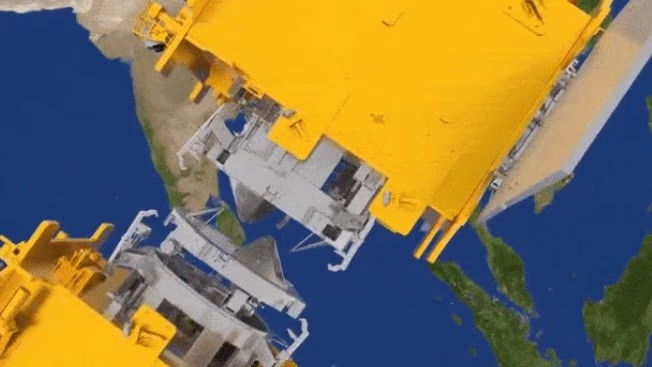The Indian Space Research Organisation (ISRO) is facing some hurdles in completing its Space Docking Experiment (SpaDeX) mission. This ambitious mission aims to automatically dock two satellites. However, the docking process could be delayed until March 2025 due to a scarcity of sunlight and tight timeframes.
ISRO Chairman V. Narayanan commented on this challenging situation, stating, 'We are not rushing. Our focus is on completing the mission successfully and safely. The satellites have sufficient fuel, so the delay is not a significant issue.'
Docking Window Closes on January 20
The SpaDeX mission's chaser satellite (SDX01) is equipped with 4.5 kilograms of propellant, which is sufficient for two cycles of docking and undocking. Yet, the current operational window will wind up on January 20. Following this, the next feasible docking window will come around on March 25, creating a 65-day hiatus.
Sunlight Presents a Challenge
The primary reason for the mission's delay is the lack of solar energy. In low Earth orbit (LEO), the satellites' position makes it difficult for solar panels to generate the required energy. Former ISRO scientist Manish Purohit stated, 'The Earth's rotation complicates the satellite tracking with each orbit. Traveling at a speed of 7 km/second, satellites complete an orbit in 90 minutes, leaving just 15-20 minutes of contact time with ground stations.'
The SpaDeX mission is a pivotal advancement for India, aimed at developing automated rendezvous and docking techniques. This crucial technology will be indispensable for future space endeavors, such as lunar exploits and beyond. Success in this mission would position India among an elite group of countries proficient in this advanced technology, alongside the United States, Russia, and China.
Following the SpaDeX mission's anticipated success, ISRO plans to establish a crewed space station in the Moon's orbit by 2040 and carry out a sample-return mission from the Moon's southern pole by 2028. ISRO's team remains vigilant and confident of the mission's success, backed by thorough testing and simulations. Experts and space enthusiasts look forward to this groundbreaking effort succeeding in March 2025.




